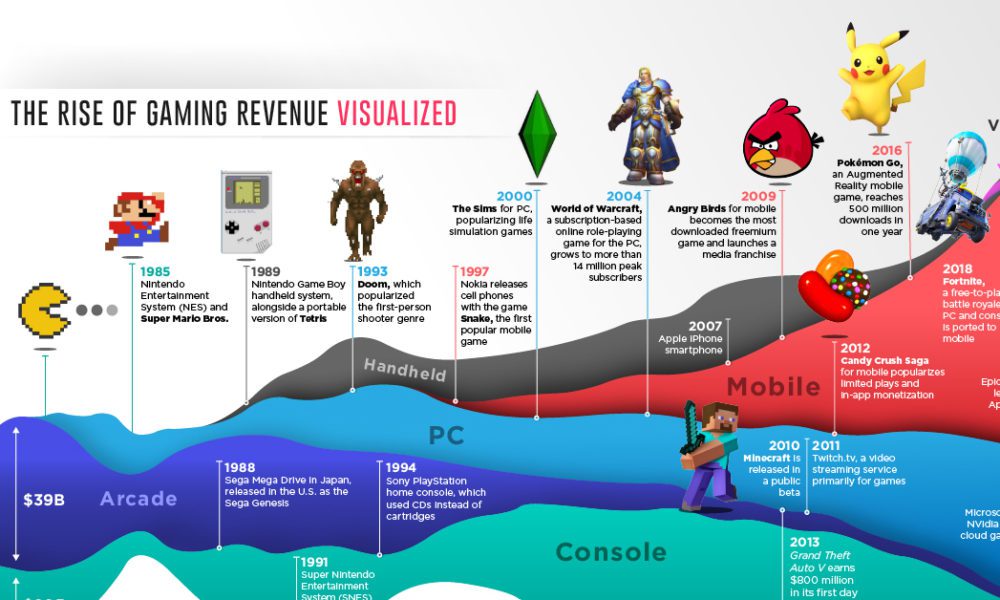The gaming industry has seen a rise in in-game purchases, with virtual items such as skins, weapons, and accessories becoming increasingly popular among gamers. SuperData reported that in-game purchases accounted for $91 billion of the $143 billion global gaming market’s revenues in 2020. The trend has had a significant impact on the gaming industry’s revenue and profitability, with publishers and developers generating huge profits. This growth in in-game purchases can be attributed to trends such as the popularity of mobile gaming and social gaming. However, the practice has come under scrutiny from regulators and countries such as the UK and Australia have introduced regulations to protect gamers. Despite this, in-game purchases will likely remain a key driver of revenue in the industry, with the potential for even greater revenue generated from microtransactions and other virtual goods.
Gamers Spending More Time and Money on In-game Purchases, Pushing Industry Revenue
Growth in In-game Purchases
The gaming industry has been experiencing a steady growth in in-game purchases as more gamers spend more time and money on virtual items such as skins, weapons, and accessories for their avatars. According to a recent report by SuperData, a market research firm, the global gaming market generated $143 billion in revenues in 2020, with in-game purchases accounting for $91 billion of the total.
Impact on Revenue and Profitability
The rise in in-game purchases has had a significant impact on the gaming industry’s revenue and profitability. As more gamers aim to enhance their gaming experience by purchasing virtual goods, game publishers have been able to generate more revenue through monetization schemes such as microtransactions and loot boxes. This has made the gaming industry a lucrative business with publishers and developers reaping huge profits.
Trends Driving In-game Purchases
There are several trends that have been driving the rise in in-game purchases. One of the key trends is the increasing popularity of mobile gaming. Mobile games have become one of the most profitable segments of the industry due to the high levels of engagement among gamers, as well as the ease of access and affordability.
Another trend driving in-game purchases is the rise in social gaming. Multiplayer games such as Fortnite and Call of Duty have created a sense of community among gamers, making players willing to spend money on avatars and in-game items that reflect their individuality and status within the community.
Criticism and Regulation
Despite the growth in in-game purchases, the practice has come under scrutiny from regulators and gamers alike. Critics argue that the use of loot boxes and other monetization schemes promote addictive behavior among gamers, especially children. Additionally, there have been concerns over the lack of transparency regarding the odds of winning in games of chance such as loot boxes.
As a result, several countries, including Belgium and the Netherlands, have banned loot boxes altogether, while others such as the UK and Australia have introduced regulations aimed at protecting gamers from harmful monetization schemes.
The Future of In-game Purchases
Despite the criticism and regulation of in-game purchases, the practice is likely to remain a key driver of revenue in the gaming industry for years to come. As the industry continues to evolve and new games are developed, gamers are likely to continue spending more time and money on virtual goods, fueling the growth of the industry as a whole.
As game publishers and developers continue to innovate with new monetization schemes, the future of in-game purchases looks bright, with the potential for even greater revenue generated from microtransactions and other virtual goods.
